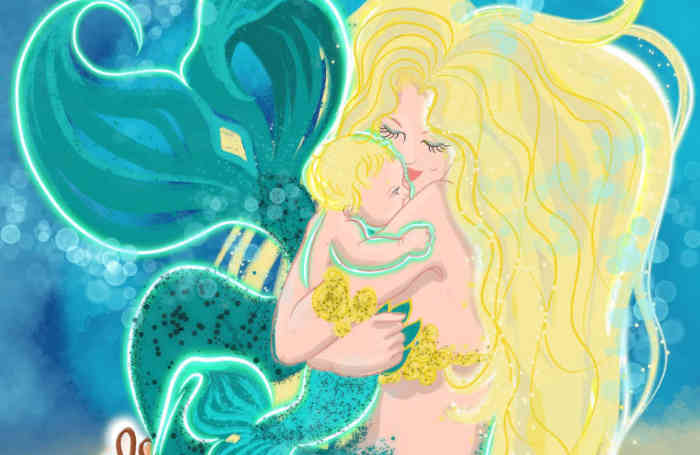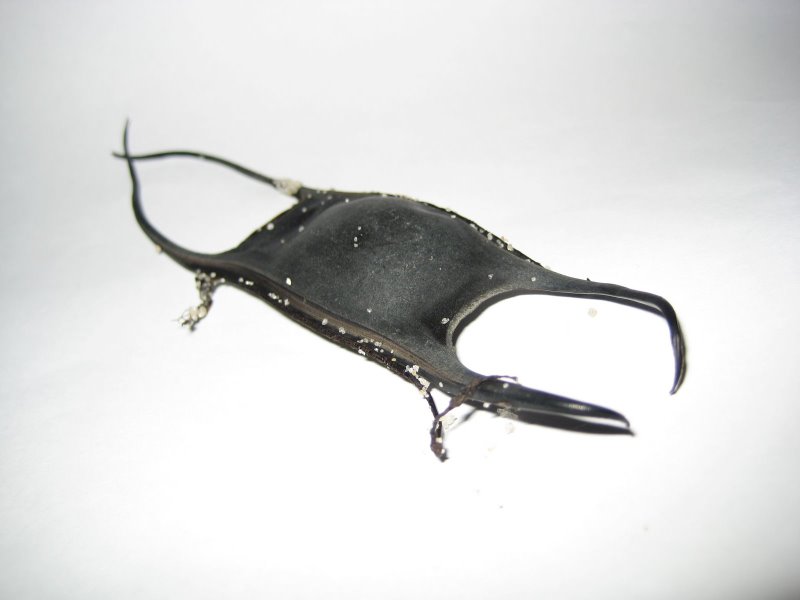The fact that mermaids are half-human and half-fish makes mermaids’ reproduction, well, complicated. Do they bear babies like humans or do they lay eggs as many fish do?
Mermaids would most likely have babies not by laying eggs, but by life-bearing them in the ocean similar to dolphins. This means mermaids would carry their babies in their wombs for 9-12 months and then give birth to them from the bottom side of their tails.
This is biologically the most likely approach to how mermaids would have babies. In the following section, I explain why it is not likely that mermaids lay eggs and show how insemination, gestation and birth would look like in mermaids from a scientific point of view.
Do mermaids have babies by laying eggs or bearing live young?
As I mentioned, mermaids would most likely have babies the same way that certain marine animals like some sharks, dolphins and other marine mammals do.
But let’s have look at the other ways they might reproduce and why these, like laying eggs, don’t seem likely.
When it comes to reproduction, the biggest difference between humans and most fish is that humans reproduce internally and most fish reproduce externally.
That means, that human eggs are fertilized inside the body but fish eggs are fertilized outside of their bodies, in the water.
For that, the female fish lay eggs directly into the water and then a male fish comes by and fertilizes them by adding his sperm to the mix. But fish do not lay a few eggs like a hen or some other animals, they lay thousands!
That is because only a few of them will actually survive and typical for external fertilization. The eggs develop in the ocean water and hatch into baby fish (larvae). Most of them will be eaten at these stages and only a few can actually grow to adult size.
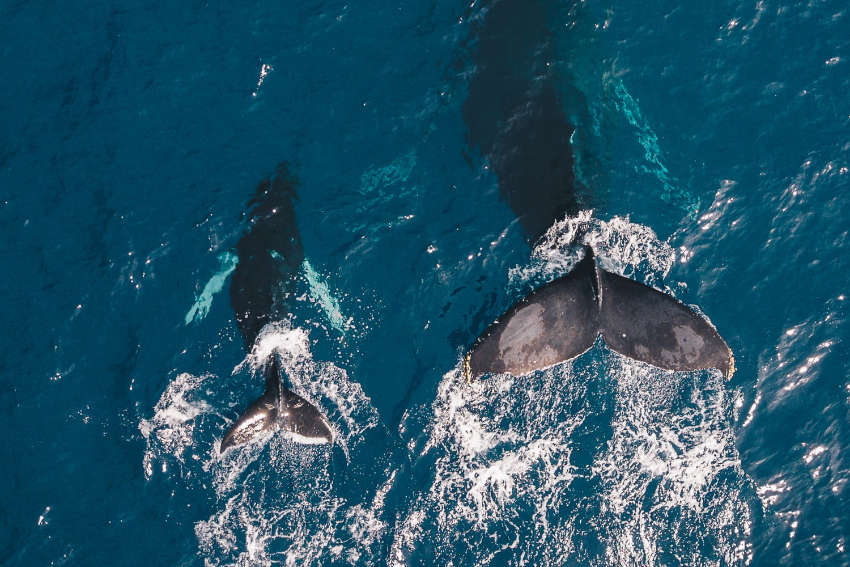
Humans and other (marine) mammals however use internal reproduction, which allows them to make sure that all of the very few babies they bear will survive.
So, the fertilization and growth of the baby all happen inside the body of the female, so when they bear them they give birth to live young. For that reason, they are also called live-bearing.
The biological term for live-bearing is viviparous and it refers to animals that bear live babies that have developed inside the body of the parent.
So, you might think that, since mermaids have fishtails, they would lay eggs like most small fish. But this would mean that mermaids would lay thousands of tiny eggs into the water of which many would not survive.
That just doesn’t sound right for such highly intelligent and rather big creatures like mermaids.
Mermaids are half-human after all and they act much more like humans and mammals, who wouldn’t leave their babies floating around unattended like fish do.
There are actually a few more options for how mermaids might reproduce. In the following table, I ranked them regarding how likely they are from a biological standpoint (number one is most likely).
| Likelyhood | Possible ways of having a mermaid baby | Sea animal examples |
| 5 | Shapeshifting to human form before birth | – |
| 4 | Laying small eggs in the ocean | small fish |
| 3 | Using a mermaid’s purse (egg case) | sharks (e.g. catshark) and skates |
| 2 | Egg growing inside mother | sharks (e.g. zebra shark, great white shark) |
| 1 | Baby in placenta (like human and dolphin babies) | sharks (e.g. blue shark), dolphins, manatees |
So let’s have a quick look at them. You can devide the 5 options into 3 groups of reproduction:
- mythical – 5
- egg-laying (oviparous) – 4 and 3
- live-bearing (viviparous) – 2 and 1
The least likely option (number 5) would be that mermaids shapeshift to human forms to reproduce and bear their babies.
Like this, they could just bear their babies the same way that humans do: from between their legs. This idea stems mostly from myths and movies in which the mermaids can have human legs on land.
If you think of mermaids as mythical creatures, then this could certainly be a way how they do it. But if you look at it from a biological perspective, it’s not very convincing.
Do mermaids lay eggs?
The next possibility (number 4) is the option of laying thousands of small eggs, which I already mentioned.
But the problem is that this way of reproduction is mostly used by smaller fish and that they do not protect their eggs at all.
They just float off into the ocean and even if some of them survive, the parents might never see them again.
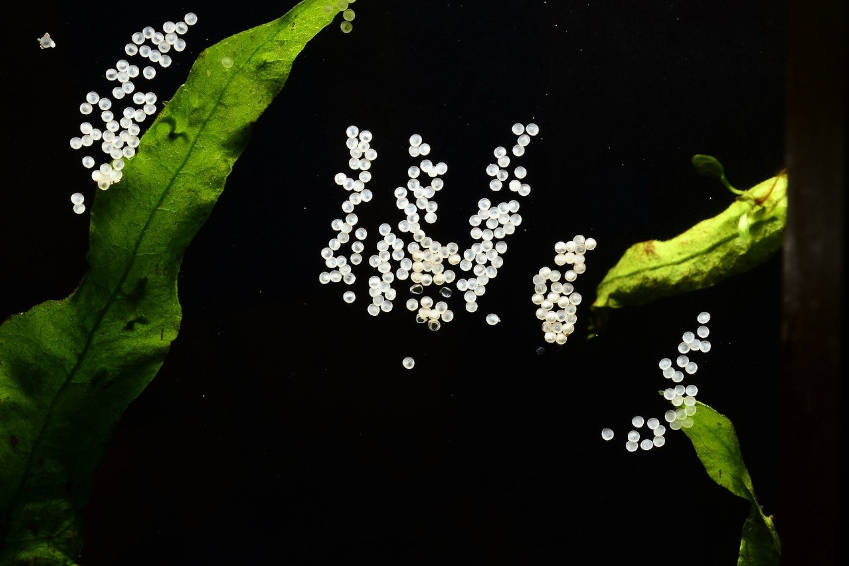
From number 3 on it gets more interesting.
The problem with the huge amount of tiny eggs that are unprotected (from number 4) is actually solved by some sharks and skates: they use mermaid purses (other names are devil’s purse and sea-purse).
These are leathery pouches that oviparous (egg-laying) sharks and skates lay their eggs in and then place them at the bottom of the ocean.
That way they can have fewer, bigger offspring, that are also protected by these thick purses.
The embryo grows inside the pouch for between a few months and over a year until it is ready to hatch. You can see such a purse in the following picture.
The problem with these purses is however the same as with the eggs that float around in the ocean: they are left alone by the sharks.
Even though they are better protected, they can still be attacked easily.
Do mermaids bear live young?
The two most likely ways how mermaids could have babies is like live-bearing sharks do it (number 2 and 1).
Actually, not all fish lay their eggs somewhere in the ocean.
The sharks are a great example because they are bigger fish (similar size to mermaids) and they reproduce in many different ways besides egg-laying (egg-laying sharks use mermaid’s purses).
In this video by BlueWorldTV, they give a great overview of all the ways different sharks reproduce (oviparous, viviparous and ovoviviparous):
As you can see in the video, the two live-bearing types of sharks are called viviparous and ovoviviparous.
The way ovoviviparous (aplacental yolk sac viviparous) sharks (number 2) have babies is a step up from the mermaid purses.
Because these sharks don’t lay their eggs in the ocean but instead carry them in their bellies for around a year until the pups are ready to hatch and swim away.
This way the shark mothers can make sure that their offspring are protected and no other predators can eat them while they are still tiny.
So, these sharks technically still lay eggs like most fish but it seems like they give birth just like mammals and humans which makes it more likely that mermaids would use this way of reproduction as well.
But there is one way, that is even more likely to be used by mermaids: the fully viviparous (live-bearing) way in which the baby grows inside the mother: just not in an egg, but in a placenta just like in mammals and humans.
There are actually some fish, that are viviparous: some sharks (e.g. the blue shark).
The babies receive oxygen and food directly from the mom through an umbilical cord and are carried in their mother’s belly for 9-12 months until they are born.
This seems to be the most fitting way in which mermaids could have babies. The same reproductive system would fit their human and their fish body parts. Both humans are and fish (like sharks) can be viviparous.
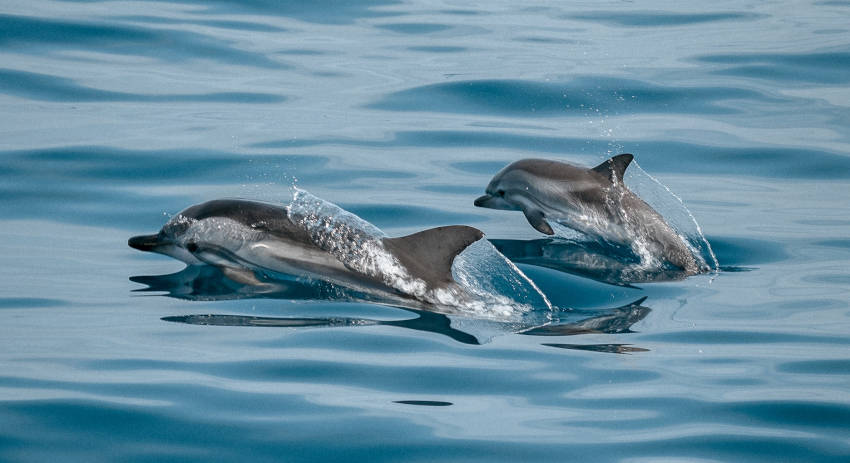
Since mermaids behave very much like humans and other sea mammals (like dolphins), they share some similarities when it comes to reproduction as well.
Sea mammals like dolphins are also viviparous like these sharks with the difference that they actually raise their babies after they are born.
The shark babies do on the other hand swim away quickly after they are born.
Mermaids however were often described in myths as more social creatures who look after their babies.
And especially given that they are half-human (human brain!), they most likely would raise their babies as dolphins do.
So that the way mermaids have babies seems to be rather clear, let’s have a look at the stages of their reproduction: mating/insemination, gestation (pregnancy), birth and also the raising of the merbabies.
How do mermaids mate?

We saw that it is most likely that mermaids are live-bearing similar to dolphins. But how do mermaids get pregnant in the first place?
To find an answer to this, we have to look at the viviparous sharks and dolphins again.
Mermaids most likely mate similar to dolphins: They mate by swimming on top of each other with their bellies touching. That way they can join their reproductive organs in their urogenital slits and the mermen can inseminate the mermaids internally.
It is most likely that mermaids would use internal insemination because that is exactly how sea mammals like dolphins and live-bearing sharks reproduce as well.
This means, the semen of the merman enters the vagina of the mermaid and thus the male sperm fertilizes the female egg in the mermaid’s uterus.
The vagina and penis of the merpeople would be located in the urogenital slits on the lower end of their bellies, just where the tail starts, similar to sharks and dolphins.
In the following picture you can see where the urogential opening is located on the tail of a dolphin.
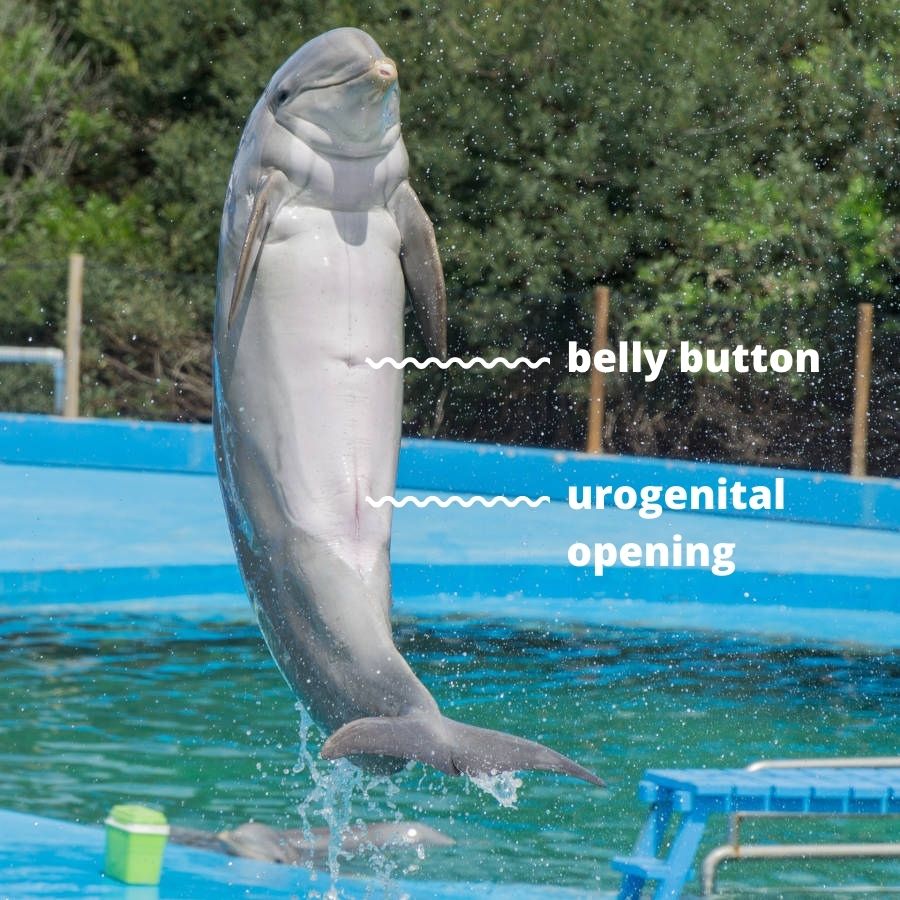
The mating process of sharks is however usually quite violent because the males often bite the females. And there is of course no emotional connection or love involved because sharks are solitary fish that only meet when mating.
Because mermaids are half-human and most likely have a similar social life as humans (mammals), their mating would be much more similar to other sea mammals like dolphins and whales, instead of sharks (fish).
Dolphins have strong social bonds and when they mate it looks somewhat like a dance, as you can see in this video:
So when mermaids mate, it would likely look similar, because they are part mammal as well.
The only difference might be that dolphins are not monogamous. That means they do not stay with only one mate for their whole lives, but they often change mates. Mermaids might however be mostly monogamous like many humans. But this can’t be said for sure.
After mating, the female mermaids would then be pregnant.
How long are mermaids pregnant?
To have an idea of how long other marine animals, that are live-bearing, are pregnant, I complied a list of their gestation periods (length of pregnancy) in a table.
I included dolphins, manatees and viviparous sharks that have a smaller and average size and could thus be compared to mermaids.
| Species | Length | Gestation Period |
| Common Bottlenose dolphin | 6.5-13 feet (2-4 m) | 12 months |
| Indo-Pacific bottlenose dolphin | 8.5 feet (2.6 m) | 12 months |
| Spinner dolphin | 4-8 feet (1.3-2.4 m) | 10 months |
| Pacific white-sided dolphin | 7.2 feet (2.2 m) | 10 months |
| Short-beaked common dolphin | 5-8.8 feet (1.5-2.7 m) | 10-11 months |
| West Indian (=North American) manatee | 11.4 feet (3.5 m) | 11 months |
| Dugong | 8.5 feet (2.6 m) | 12 months |
| Blue shark | 6.9-7.8 feet (1.8-2.4 m) | 9-12 months |
| Bull shark | 7-11 feet (2.1-3.3 m) | 10-11 months |
| Whitetip reef shark | 5.3 feet (1.6 m) | 12 months |
| Lemon shark | 10 feet (3 m) | 10-12 months |
| Porbeagle shark | 8.2 feet (2.5 m) | 8-9 months |
| Salmon shark | 6.5-8 feet (2-2.4 m) | 9 months |
| Silvertip shark | 6.6-8.2 feet (2-2.5 m) | 12 months |
| Hammerhead sharks | 13.1 feet (4 m) | 11 months |
| Mermaid | maybe 5.2-8.2 feet (1.6-2.5 m) | between 9-12 months |
Table: Gestation periods of some dolphins, manatees and viviparous sharks that could have similarly long pregnancies as mermaids.
As you can see, most dolphins, manatees and viviparous sharks are pregnant between 8 and 12 months.
This would suggest that mermaids would be pregnant for a similar amount of time, given that their lower bodies are fishtails or tails.
If you consider that humans are also pregnant for 9 months, it is even possible that mermaids’ pregnancies last exactly the same amount of time.
How do mermaids give birth?
Mermaids would likely be born like the offspring of live-bearing sharks and dolphins. After growing in a placenta in the mother’s womb for about 9-12 months, the mermaid baby is born coming out through the urogenital opening of the mermaid mother’s tail.
As I mentioned before, the urogenital opening would be located on the bottom side of their lower bellies right where their tails start, just like in dolphins (see the picture of dolphin belly above).
Since dolphins and humans (mostly) only have one baby, mermaids would probably also only have one child per pregnancy.
Mermaids would give birth to one merbaby or mer-twins by bearing them life through their vagina. Then the umbilical cord, that connected them to their mother, would rip and they would instantly start to swim.
By the way: the reason why viviparous sharks and dolphins etc. have a belly button, like us, is actually because of the fact that they were connected to their mothers through an umbilical cord in the womb!
In this video you can see what a dolphin birth looks like:
A mermaid birth would likely be very similar.
How do mermaids raise their babies?
Other than (viviparous) sharks and other fish who leave their babies right after birth, mermaids would most likely raise and breastfeed their babies just like humans and sea mammals like dolphins do.
Dolphins actually breastfeed their calves for up to 2 years and stay together until they are teenagers at between 5 to 10 years old.
They have a strong motherly bond to their calves but they also help each other with parenting and looking after the calves.
The dolphin mothers teach their calves everything they need to know and even play with them, just like humans do. The learning starts right after birth when the mother teaches the calf how to breathe.
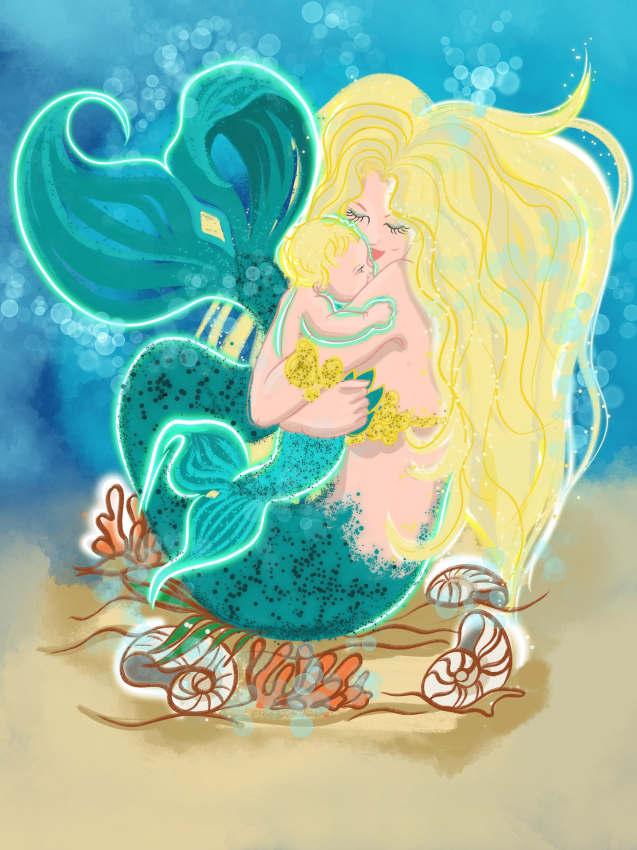
Since mermaids are half-human and behave very much like humans and sea mammals, especially dolphins, they would most likely raise their babies like humans and dolphins as well: raising them for many years (until teenage age) while teaching them everything they need to know and playing with them.
In the end, even if this seems to be the most scientifically probable way mermaids would have babies, it is speculation because up to date, no evidence of mermaids and thus no evidence of how they reproduce has been found so far.
If you are interested, you can read more about how mermaids might look like if they do exist in my article that talks about whether mermaids are real.
You might also like:
-
Where do Mermaids Sleep?
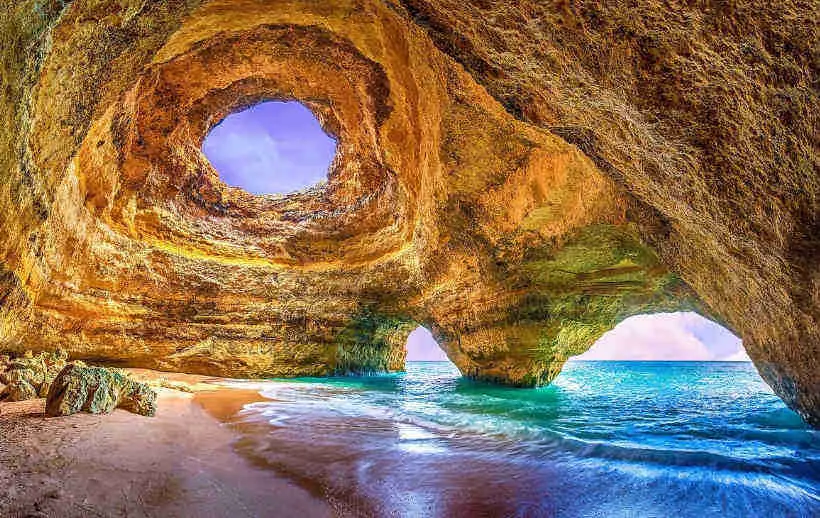
Maybe you have heard the joke about where mermaids sleep. The answer is “in a … Read More
-
What do Mermaids eat?

Since mermaids live in the ocean, that’s also where they must get their food from. … Read More
-
How do Mermaids use the Bathroom?
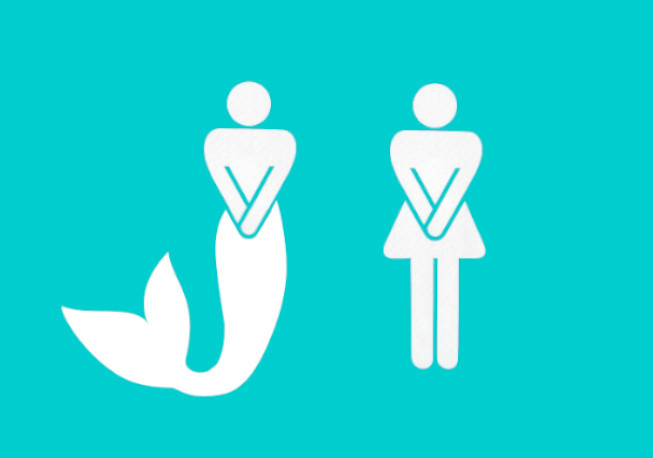
If mermaids are half human and half fish, how do they use the bathroom? Would … Read More

